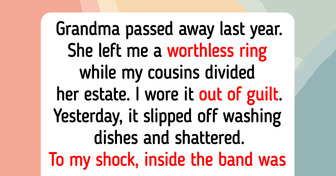13 Quiet Acts of Kindness That Turned Ordinary People Into Superhumans

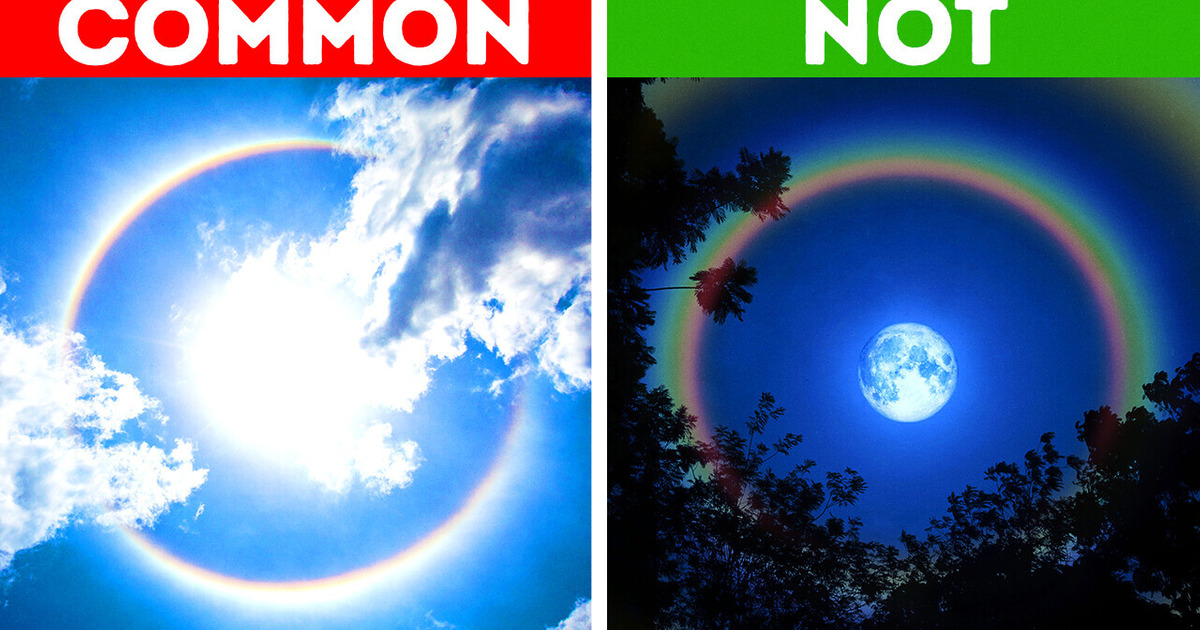
There are things about nature you know for sure — or don’t you? Let’s check how much you know about the incredible world we live in! How many of 14 points will you guess? Let us know!
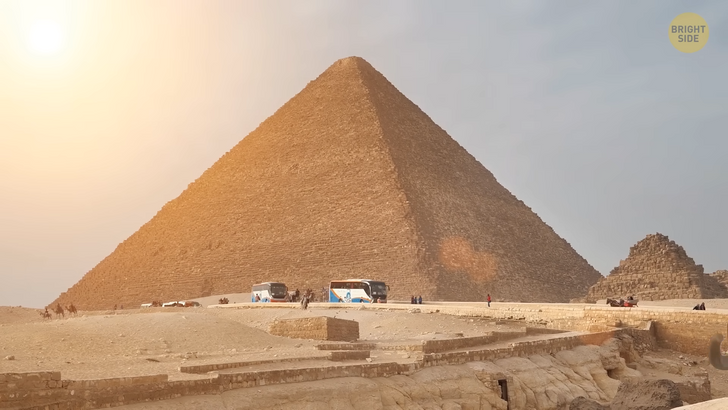
The Great Pyramid of Giza was built when mammoths still roamed the Earth — myth or fact?
It’s actually a fact! The most famous pyramid in the world had been constructed about 500 years before woolly mammoths went extinct approximately 4,000 years ago. Their last known habitat was the cold and deserted Wrangel Island in the Arctic Sea — which might not have been as cold then as it is today.
There are more trees on Earth than stars in the Milky Way — is it myth or fact?
It’s a fact. Scientists used to believe there were about 400 billion trees on our planet, but more recent studies have shown that there are over 3 trillion of them, making it 420 trees per person. As for the stars in our galaxy, there are only about 100 billion, which is 30 times fewer than the trees on Earth alone.

The trees you see are all individual ones. Myth or Fact?
This is false, in fact. 90% of the trees on Earth are interconnected by mycelium filaments. They send warning signals when in danger and exchange nutrients through them. It’s kinda like the underground Internet! Also, there are organisms like Pando, for example, which is the largest single living being on the planet. It looks like a dense forest of quaking aspens. In fact, it’s basically a single giant tree, with its roots being interconnected underground.
We drink the same water dinosaurs used to drink hundreds of millions of years ago — myth or fact?
Actually, it is. Only a small portion of the water on our planet has evaporated for good. The rest of it is constantly renewed. So mammoths, dinosaurs, and whatever came before them billions of years ago drank and swam in the same water we see today. Not to mention what else they did in the water. Unfortunately, the water doesn’t keep information about those ancient creatures for us to find out more about them.
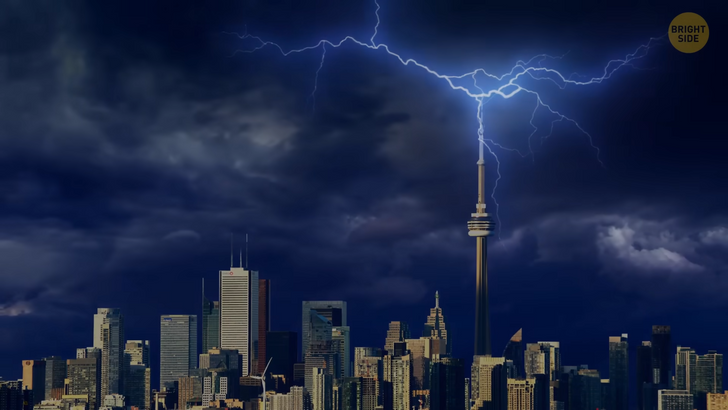
Lightning never strikes the same place twice — are you willing to bet on that? Myth or Fact?
If you aren’t, good for you. Lightning may strike the very same spot as many times as it wants. It might seem random, but the electrical discharge from the sky is pulled toward the tallest objects in the thunderstorm area. Also, the material this object is made of matters too: it’s by no chance that lightning rods on buildings are mostly made of copper and aluminum alloys. These metals are some of the most conductive materials, so they pull lightning very efficiently.
All deserts are hot. Now this one’s easy, right? Myth or fact?
If you guessed it’s a myth, then right you are! Deserts are qualified not for their temperature but for the presence or absence of growth and life in them. The most well-known desert is the Sahara, of course, and it is indeed very hot. The actual largest desert in the world is Antarctica, which is almost twice the size of the Sahara Desert. And you wouldn’t call it even lukewarm. It’s a polar desert, and there are several others on our planet — for example, Greenland.
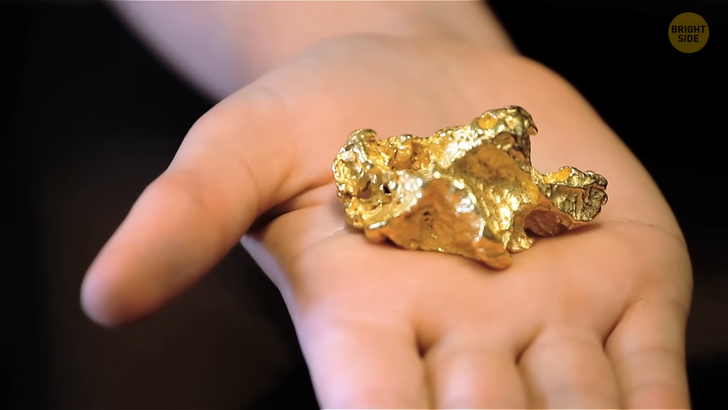
There’s enough gold underground to cover the entire planet in a thick layer — would you believe that?
Well, you should, because it’s true. Since 1950, humanity has mined nearly 200,000 tons of gold. If we made a cube out of all this metal, it would be 70 feet high and wide. Recent data from scientists confirmed that there are huge reserves of gold in the Earth’s core. The metal is enough to cover the whole planet, and people might have gold up to their knees. The problem is, we just can’t mine it from there. Hey I don’t mine if you don’t.
The Moon and Mars are better mapped than the Earth’s oceans — now this can’t be true, can it
Actually, it can. We have a detailed map of the Moon and Mars, although we’re still discovering surprises on their surfaces, granted. Still, over 80% of the Earth’s oceans are unmapped and unexplored. We can’t study the oceans properly because of pressure, cold, and lack of light underneath billions of tons of water.
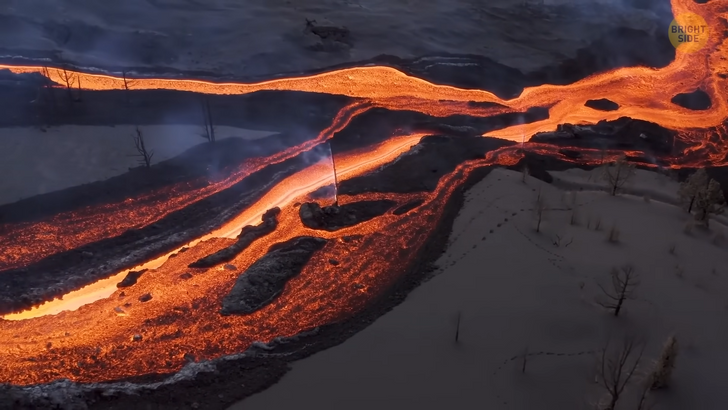
The lava is always red. What other color can it be, right? Myth or Fact?
Myth. Usually, lava is really red or orange because it’s basically molten rock from the deep bowels of our planet. But there’s one volcano in Indonesia [Kawa Ijen] whose lava is blue and luminescent! Only at night, though: during the day, it looks normal. No mystery behind it, just tons of sulfuric gas.
This volcano also has the largest acidic crater lake in the world. The water there is so turquoise you want to jump in immediately, but you probably already guessed you should never do that. The fire on that volcano is also blue, the largest blue fire in the world, rising up to 16 feet high. Ever seen a gas stove burning? Here, the principle is basically the same.
You can see a rainbow at night, too. Is it a myth or a fact?
Still, it’s true, and there’s even a name for this phenomenon: a moonbow. Also called a lunar rainbow, this event occurs extremely rarely. It’s similar to a regular rainbow except when it appears on a clear moony night after a rain shower.
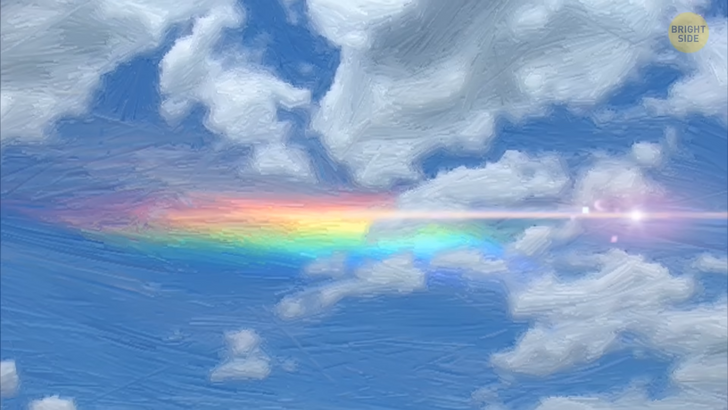
There’s a thing called a fire rainbow. Myth or fact?
You bet! It’s a beautiful phenomenon when the clouds in the sky are painted all the colors of the rainbow, looking like a fiery, multicolored cascade. It only occurs when the conditions are right, and those are very specific. It’s close to the equator. The weather is clear. There are feather-like clouds in the sky. The sun is higher than 58 degrees above the horizon. Such clouds are made of ice crystals; when the sun’s rays hit them, the particles refract the light and create a rainbow. Wow.
There are rainbow trees. Myth or Fact?
If I made you doubt this, I’m glad because this one is not Photoshopped. This is the Rainbow Eucalyptus, and their bark may literally have all the rainbow colors. These eucalyptuses shed their bark at different times each year. Every time the old section goes off, the tree first reveals bright green bark that was hiding underneath, and then it may turn any color. There’s a whole set of hues: orange, maroon, blue, even purple!
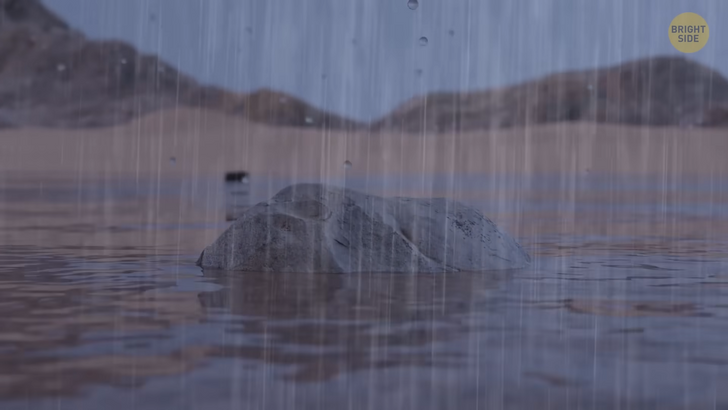
Stones can move on their own. Myth or fact?
You’d be right to believe me: there’s a desert plain in California where rocks move around of their own will. Once, this plain used to be the bottom of a lake, but then it dried out and became an arid wasteland. Sometimes, rains fall here, flooding the entire valley.
When night comes, the temperature drops and the water is covered with a thin layer of ice. When it gets warmer again, the ice breaks into segments, and the wind pushes them around the place. Some of these ice shards take small rocks with them. When the ice melts for good and water evaporates, the only thing that remains are trails left by the rocks, as if they’d moved on their own.
Mud puddles can move around. Myth or fact?
In fact, a single mud puddle in the world also travels as it wants, and nobody still knows why. It moves at a pace of about 20 ft per year, and it seems to have started its journey near the San Andreas Fault in California. People have tried to stop its march but couldn’t. So far, this creeping natural disaster isn’t showing any signs of stopping on its own either. So there’s your pesky, problematic puddle to ponder


